Avis 1/72 scale
Lesher Teal
by Roland Sachsenhofer

The FAI /Fédération Aéronautique Internationale is the leading organisation for the promotion of private sport aviation. As an association, it is almost as old as aviation itself: it was founded in Paris in 1905, and today it has its headquarters in Lausanne. One of the FAI's best-known activities is the confirmation of world aviation records. Only those who have faced up to and satisfied the FAI's strict rules can claim one.
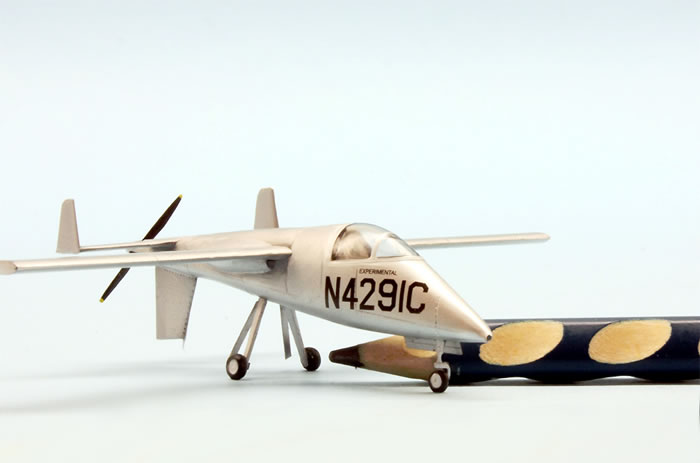
Since the cosmos of aviation has developed and diversified in an unbelievable way since 1905, a division into numerous classes ensures comparability and meaningfulness of the world record claims. One of the categories is called "FAI C-1a". Here, privately built constructions of up to 500 kilograms take-off weight can compete for the world record in categories such as speed, altitude and range. The FAI awards the prestigious "Louis Blèriot Medal" to the world record holders a maximum of three times per year.
It was against this background that the history of the Lesher Teal began to take its course at the beginning of the 1960s. At that time, Edgar Lesher, born in 1931, was a renowned aeronautical engineer who had already worked for manufacturers such as Douglas, Stinson and, most recently, Convair since the 1940s. A second mainstay came with teaching assignments at technical universities in his home state of Michigan. With such an expert and, according to his own testimony, "airport bum", it is not surprising that he also designed and built his own aircraft.
His first own design, called the Lesher Nomad, already showed the peculiarities that must have attracted Edagr Lesher to aircraft: The two-seater was an all-metal design with small dimensions and propulsion in a thrust propeller configuration.
With the success of the Nomad, thoughts of an aircraft that would be designed as a record-breaking machine from the outset became more concrete. The Lesher Teal was to set the world speed record in the C-1a class. In 1965 the time had come: the newly designed Teal made its maiden flight and after two years of testing actually attempted to set a new world speed record in front of FAI officials - and it succeeded: with 292 km/h measured and certified by the FAI, the Teal was now the fastest aircraft in the C-1a class!
Ed Lesher later told the story that, as a tall man weighing 90 kilos, he had to consider hiring a lightweight "jockey" as a pilot in order to keep within the 500 kilo maximum take-off weight. But he decided that now would be the right time to finally lose a few extra kilos. He succeeded, and Lesher was able to lead his Teal to a record flight himself.
In the following years, four more records were to be set with the Teal, such as a C-1a world record for the longest non-stop distance flown, which Edgar Lesher achieved in 1975 with his Teal over a distance of 2960 kilometres from Florida to Arizona.
Edgar was awarded the "Louis Blèriot Medal" a total of four times for his successes; he flew the Teal for years after the record flights. In 2002, the Teal was donated to the "Air Adventure Museum" in Oskosh, Wisconsin, where it can still be seen today and bears witness to Edgar Lesher's ingenuity with its sleek shapes.
My way to the model can be described as a " random acquaintance". Originally, I had ordered a completely different model than the one I found in the opened packaging. Lesher Teal? Never heard of it! The effort involved in making a complaint and exchanging it was too much for me, so I had to establish some kind of relationship with the model, which although unordered, looked quite tempting in its smallness and delicacy. To make a not-so-long story even shorter: it only took a short time before I decided to lay keel to this little gem and start building.

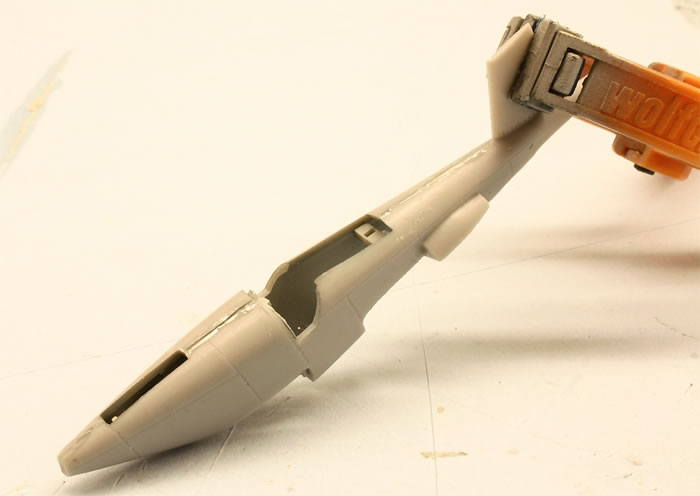
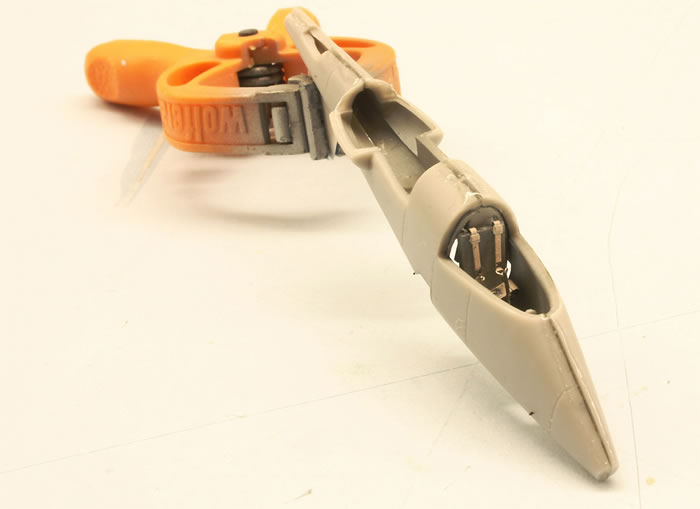
The kit parts are - who is surprised? - clearly arranged in number and the shapes are quite detailed. The accuracy of fit requires a certain amount of improvisation, putty and sandpaper are faithful companions most of the time. Especially the fitting of the canopy is a big problem, here it was really necessary to sand and fill with great care to achieve smooth or at least harmonious transitions to the fuselage.
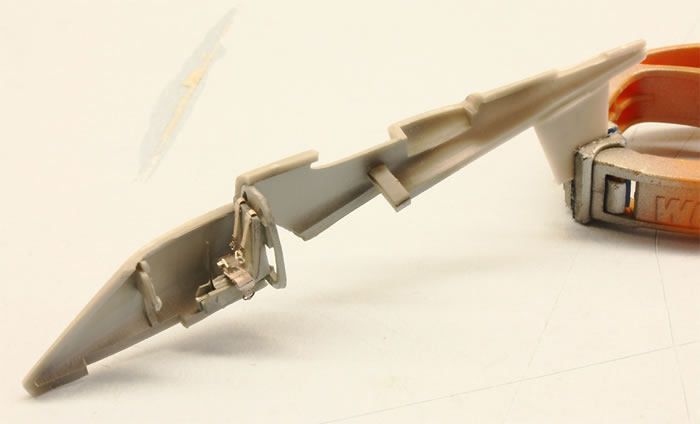

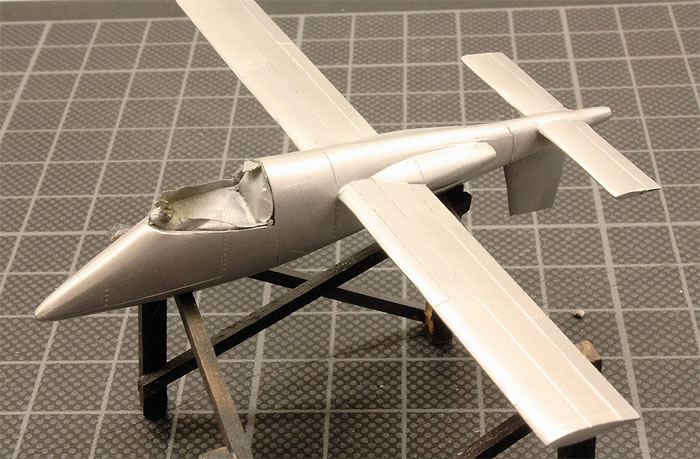
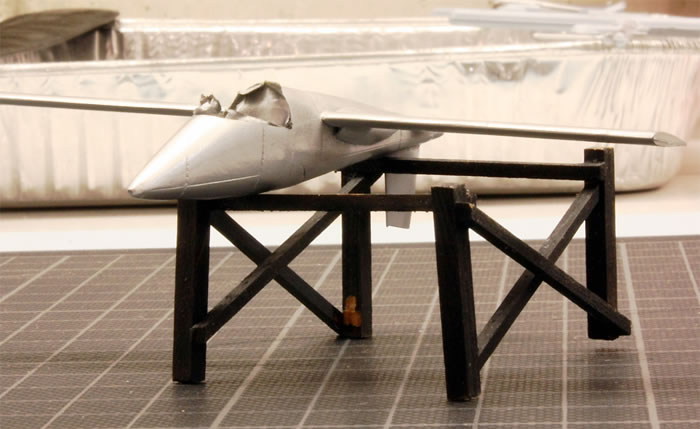
Unfortunately the very delicate landing gear legs were already broken at the casting branch - to be honest, one was already broken, the other one I ruined when cutting it off - so I made new ones from a thin polystyrene sheet. Although the building process was not really long, it did involve a certain amount of extra work.
Although the result was not a "perfect" model, it was one that gave me great pleasure and new experiences. It can be considered the smallest aircraft model in my collection - and I can't think of any other aircraft that could beat this "record" of the Teal!
P.S.: finally, as a dessert so to speak, here is a link to another "model-building" interpretation of the Lesher Teal that I found in the course of research; kind of liked it!
https://sweetheatheranne.wordpress.com/tag/lesher-teal/
If you are interested in the building process, please have a look here on Scalemates:
https://www.scalemates.com/profiles/mate.php?id=10148&p=albums&album=67488
As ever, remarks will be appreciated: ro.sachsenhofer@gmx.at
Model, Images and Text Copyright ©
2021 by Roland Sachsenhofer
Page Created 21 April, 2021
Last Updated
22 April, 2021
Back to HyperScale Main Page

|
Home
| What's New | Features | Gallery | Reviews | Reference | Resource Guides | Forum |